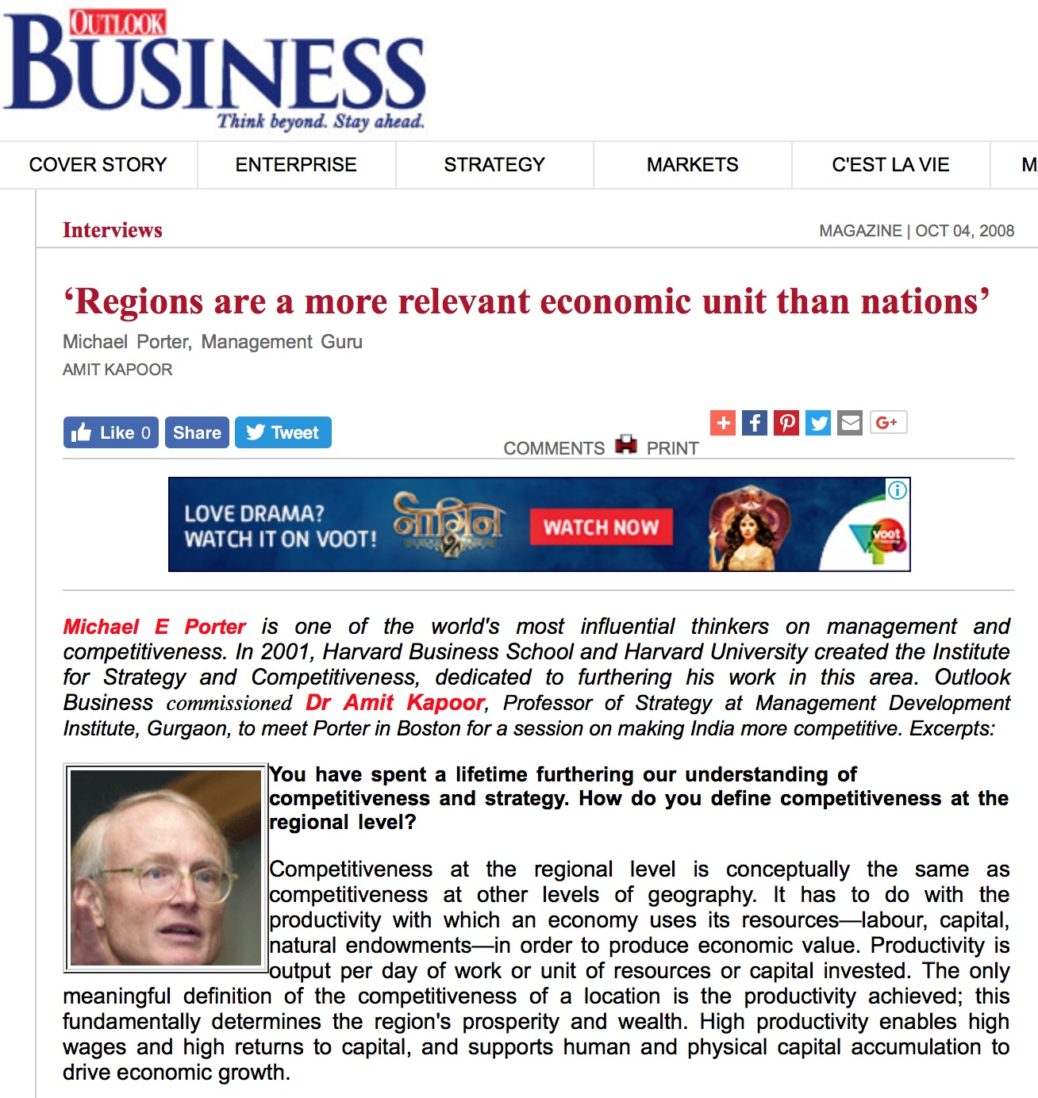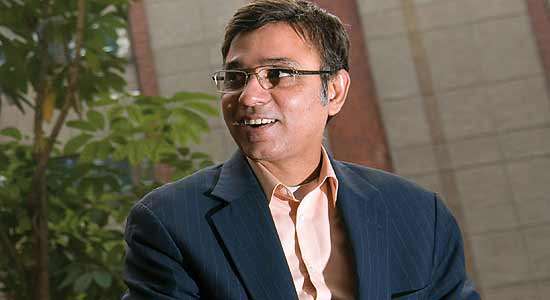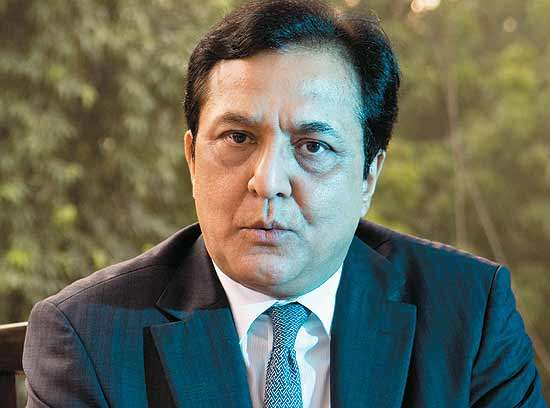Michael E Porter is one of the world’s most influential thinkers on management and competitiveness. In 2001, Harvard Business School and Harvard University created the Institute for Strategy and Competitiveness, dedicated to furthering his work in this area. Outlook Business commissioned Dr Amit Kapoor, Professor of Strategy at Management Development Institute, Gurgaon, to meet Porter in Boston for a session on making India more competitive.
You have spent a lifetime furthering our understanding of competitiveness and strategy. How do you define competitiveness at the regional level?
Competitiveness at the regional level is conceptually the same as competitiveness at other levels of geography. It has to do with the productivity with which an economy uses its resources—labour, capital, natural endowments—in order to produce economic value. Productivity is output per day of work or unit of resources or capital invested. The only meaningful definition of the competitiveness of a location is the productivity achieved; this fundamentally determines the region’s prosperity and wealth. High productivity enables high wages and high returns to capital, and supports human and physical capital accumulation to drive economic growth.
How does your thinking about productivity apply to emerging economies, which seem to focus on being low-cost players?
Emerging economies have relatively limited assets for competitiveness and have to depend on their endowments. In the case of natural resources, these become the principal basis of wealth. In a populous economy, the principal asset is labour. So, the tendency is to focus on selling this endowment rather than productivity. The challenge is to move beyond cheap labour and natural resources, and develop the business environment, technical knowledge, skills and clusters that are necessary to produce wealth.
India has been able to do so in IT. It has lots of computer engineers and has created a strong business environment. It has also built clusters, associated institutions and educational organisations to support high productivity. One of the central realities in the modern global economy is that you can’t be competitive in everything; you can’t create the necessary environment for productivity in every field. Instead, nations and regions need to build clusters where they can achieve critical mass and support the breadth and depth of institutions necessary to achieve high productivity.
You argue that economic development is about moving from a factor-driven economy to an efficiency-driven and, ultimately, to an innovation-driven focus. You also make the point that specialisation on a set of clusters is crucial to these transitions. Who should focus: a country or regions within the country?
In large countries, the nation is not the relevant economic unit in which competitiveness occurs. The much more relevant economic unit is the region or even the metropolitan area. Each region in a large country will need to find its own set of clusters in which it can build specific assets and business environment strengths. Note that a region needs to build a set of clusters, not just one, and ideally develop supporting industries in each cluster.
In large countries, trade within the country is much greater than trade with the rest of the world. It is internal specialisation within a country that increases productivity. In the US, each state has a different economy, different clusters and different supporting industries. It is decentralisation of economic initiative and policy, and the resulting internal specialisation that allows the US to be so productive. No state tries to do everything. Every region builds on its different history, different set of assets to build its own set of clusters.
Some Indian regions have built IT clusters because they had good legacy assets in that area. Other Indian regions, and probably India in general, has the advantage of fairly well-educated, English-speaking people, often with engineering training. Many Indian states could have IT clusters. Over time, as the economy gets more advanced, you will tend to see even more specialisation among them. The IT cluster in one region will become more focused on a particular set of applications, while the IT cluster in another region will be focused on another specialisation.
But a country like India must go way beyond one cluster. It will need to broaden into many clusters. The US has a significant position in about two-thirds of all the cluster categories. Different US regions are specialised in different clusters, which gives the nation a presence across many clusters. A large country cannot rely on one cluster to drive the economy.
It seems like India is struggling on both the dimensions you mentioned. Most of India is using the low costs of its abundant factors, not deploying them productively to create value. Labour arbitrage is the base of almost all IT and ITES. Productivity per employee of Infosys is just 6% of that of a Microsoft employee. And there is an obsession with just one industry, IT. States and SEZs are all trying to set up IT clusters, even when local legacy and conditions do not support this.
This is a common pitfall in many countries. In the US, the current favourite is biotech even though many regions lack the needed assets. Cluster development and diversification is a slow process. Developing a cluster in an area like automotive takes 10-15 years. Every region has to acknowledge its legacy, the kind of business activities it possesses, the skills it has. Based on its position, a region needs to grow by building on its strengths.
India will need to broaden into many clusters. A large country cannot rely on one cluster to drive the economy.
First of all, it needs to build deeper clusters in areas where it has existing positions.
Regions grow not by jumping into entirely new areas. Instead, new areas tend to grow out of older areas. If there has been a tradition of automotive manufacturing in a particular region, this gives rise to associated clusters in factory technologies, production automation and machine tools.
India has the advantage of a large home market. The option you have is to try and attract MNCs to operate in your location based on the large market, which can become the hubs of new clusters, even if the country has not been strong in a particular field. However, the region must still be mindful of its strengths.
Thailand, for example, has developed a reasonably good automotive engineering manufacturing cluster. And they didn’t do it through startups, they did it by attracting assembly plants from international companies. What has grown up around them is a whole cluster. Today, Thailand has quite a good position, not in the whole automotive sector, but in certain segments of the market like pickup trucks. That’s where they have built a supplier base and local firms. This is what the process of regional economic development is about.
Traditional economics says that if a region puts in place a good set of general conditions, then business will develop. But now we know that it is very hard to grow clusters and firms. A stable economic policy doesn’t always guarantee cluster development. Leaders must be more thoughtful about building assets in a region that can grow its economic base. There is no need to pick winners and losers; all clusters are good and any business activity you have in a region can be made more productive.
The real question is how to diversify an economy using cluster principles. How can you turn a bunch of farmers into a cluster? How can you encourage dairy farmers to build a cluster? How can you transform bicycle and parts companies into a recreational vehicle manufacturing cluster? It is not about somebody deciding that one area is better than another; it is finding all the opportunities a region has to build on its strengths and create policies that will encourage firms, institutions and suppliers to move to a higher level of competitiveness.
So the focus should be on local legacy and local assets. But what about the weaknesses a region might face—the average speed on Indian roads is just 35 kmph?
Cluster development goes hand in hand with upgrading the general business environment that cuts across clusters, such as roads. The quality of the general business environment sets the bar for how productive clusters can become. Strong clusters can offset general weaknesses, but only to an extent.
The belief in emerging economies is that technology is going to change the rules of the game. But you argue that the concept of innovation is much more broad-based and can change any industry.
There is no industry today that is unable to use high technology or involve innovation. Innovation can take place in whatever set of fields a region has some strengths in; the answer is in trying to raise the level of technology and skill, and create an environment where innovation of all types flourishes—marketing, service delivery, product, and so on.
Distorting economic decisions to favour poorer regions is a wrong policy response. It doesn’t work.
It is also important to realise that many activities in a regional economy are quite local. It is essential that the local economy, including wholesaling, electricity and so on, become more productive. When you are trying to build a competitive economy, you must look at everything: how can you raise the level of innovation, quality and efficiency in whatever you do.
People look for one magic solution for competitiveness. This is a mistake. One of the challenges of competitiveness is that many things matter. It is so complicated and difficult that you can’t achieve progress in every area. Every region must ask itself: what’s different about us, our location, our existing industries, our culture, our heritage and our neighbours? What’s different about us that could allow us to be unusually productive in certain fields? That’s the process of economic development.
India faces another challenge in the huge disparities in income, growth and prosperity across regions. How do you see such disparities impacting competitiveness?
India’s problem is not unique; all large countries too face this problem. A lack of competitiveness is at the bottom of these differences. Distorting economic decisions to favour poorer regions is a wrong policy response. Many countries have designed elaborate incentive schemes to shift economic activity. Those things don’t work: you can’t have successful economic development unless you address the root causes of low performance. The answer is not to pull down successful regions, but to invest in improving the business environment in the less competitive regions.
There are many positive examples in India of regions developing on those lines. That means bringing more innovation to the stagnant food-processing industry of Haryana and Punjab, or orienting Kerala not as an IT destination alone, but also as health services-centric. What is the role of the national government in this process? What about regional governments?
The state initiative is one of the explanations given for India’s success in the last decade. The national government needs to set some overall rules and incentives that support productivity. For example, open trade, strong anti-monopoly laws, pro-investment tax policy and protecting intellectual property. But there is an increasing realisation that much of what drives competitiveness is quite regional, even local. The universities are local, the infrastructure is local, so the human capital is local. We need a new kind of partnership between the national government and regional governments in which the Centre provides resources and incentives, while regional governments are responsible for making choices and decisions.
Regional governments should be held responsible by citizens for the state of the region. This is probably one of the biggest advantages of the US: the states don’t wait for the federal government. If we had to wait for Washington, the US wouldn’t be very competitive, as Washington is not always very effective. But we have a lot of governors, mayors and citizens who take responsibility for their local economy.
India has been quite centralised in its economic policy thinking. You have to understand that India is really a collection of regions, and each of these regions needs a strategy. Each will not succeed by copying the region next door. It has to find its own unique place. And it can’t think about IT as inherently better than automotive or logistics services or agriculture. All clusters have the potential to produce high wages and productivity, and concomitant prosperity and wealth. India needs to give each region the authority to make the decision about where to invest in infrastructure.
Even states in India are huge. And so it is important to make sure each city, each town is thinking about how to improve its business environment. Competitiveness fundamentally should be a bottom up process and not just a top down process. The closer you can get to the front line to the company or cluster, the more you are really touching true competitiveness.
Regions ought to be competing against each other by making their environment more productive. What are the key policy areas that India and Indian regions need to be concerned about?
All regions need to focus on basic infrastructure such as roads, telecom and energy. Access to education is also a big issue. It has to do with the quality of local schools, the quality of local universities, and the match between education and the kind of skills needed. Regulatory rules are still woefully ineffective in terms of starting businesses, stopping businesses, getting permits and building a new factory.
The Interaction was published with Outlook Business on October 8, 2008.
























